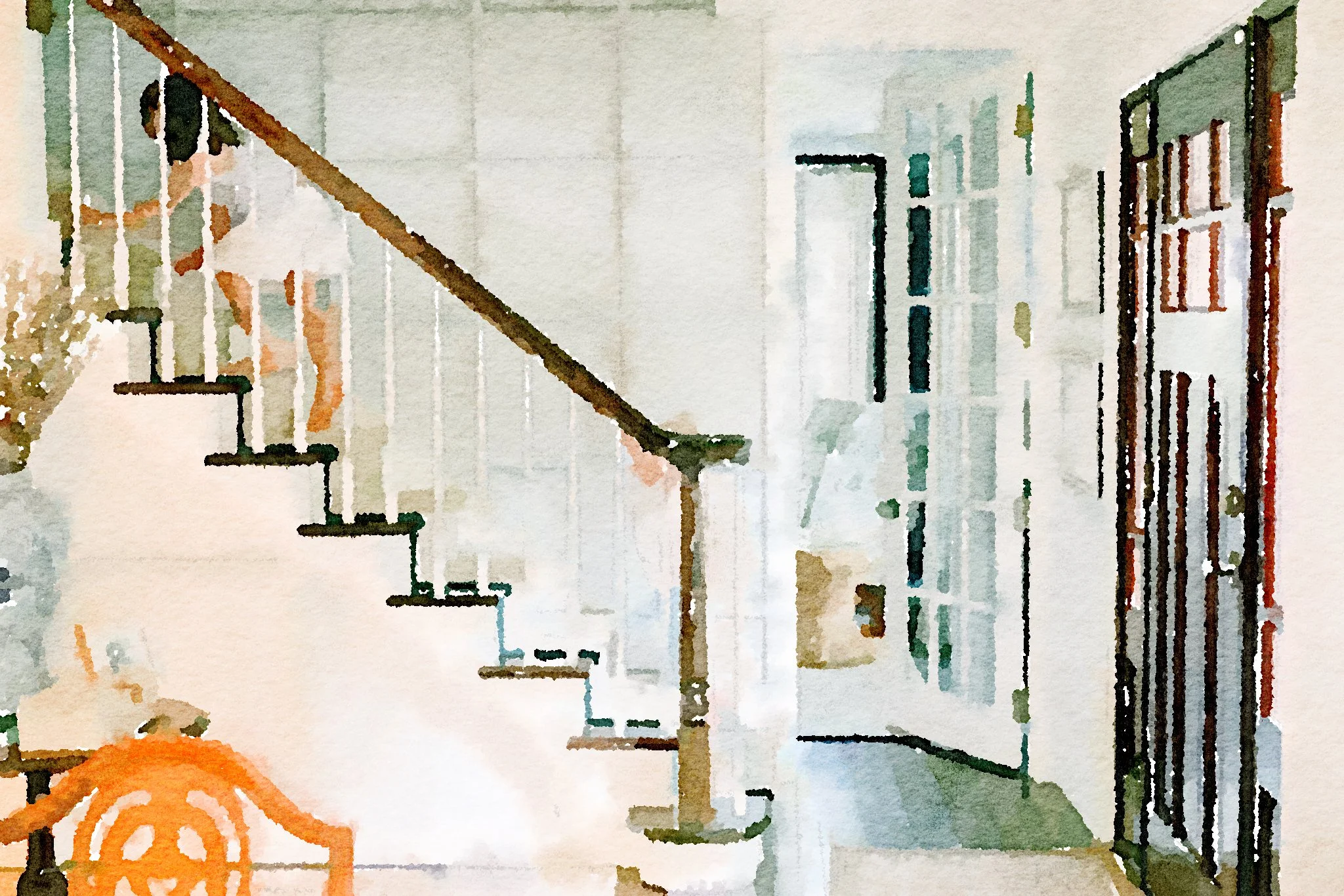How to Figure Out Scale and Proportion So Every Room Feels Just Right
There’s a moment in every well-designed home when you walk into a room and think this room feels good. Often, that feeling has nothing to do with expensive pieces or dramatic renovations. Instead, it comes from something far simpler: scale and proportion. When every item fits the room’s architecture and relates beautifully to the pieces around it, the entire space feels effortless, elevated, and inviting.
The best part? You don’t need a designer’s eye to get this right. With a few tried-and-true guidelines, you can transform any room from almost there to fully polished.
Start with the room’s visual weight
Every room has its own sense of visual weight, which is the balance of large and small pieces, tall and low elements, open and closed spaces. When everything in a room is the same height or size, it can feel flat and unfinished. But when you mix heights and silhouettes, the room instantly becomes more dynamic.
Examples:
Pair a slim floor lamp beside a deeper armchair
Place lacing a tall cabinet across from a low-slung sofa.
This contrast keeps the eye moving, which makes a room feel thoughtfully layered rather than heavy or cluttered.
Choose furniture that fits the architecture
One of the most common design mistakes is buying pieces that are either too large or far too small for the room. A generous living room can handle a deep, oversized sofa, while a cozier den may feel overwhelmed by it. Before buying anything new, measure the room and note the size of doorways, windows, and wall lengths. These elements give clues about the scale your furniture should hit.
Mind the height of your surfaces
Small measurement habits can change everything.
For example:
The top of a sofa arm and the height of the adjacent side table should be within two inches of each other.
A coffee table should sit roughly the same height as the sofa’s seat cushion.
Bedside tables should be level with or slightly higher than the top of the mattress so lighting and everyday items feel easy to reach.
These tiny proportional adjustments make the room more functional and more visually pleasing
Use art and lighting to bring balance
Artwork and lighting often make or break a room’s sense of proportion. Make sure wall art is sized to the furniture below it. A single small frame floating above a large sofa can feel lost, while oversized art in a narrow hallway can feel overwhelming. Generally, artwork should span about two-thirds the width of the furniture piece it hangs above.
Lighting works the same way. A chandelier that’s too small disappears; one that’s too large feels imposing.
A simple guideline to determine the chandelier diameter: in a dining room, add the length and width of the room (in feet), then convert that number to inches.
Balance every large piece with something complementary
If you have one oversized item in a room, like an armoire, bookcase, dramatic sofa, or statement light, balance it with another substantial piece elsewhere. This keeps one side of the room from feeling visually heavy.
For example, if a tall built-in dominates one wall, consider adding a large piece of art or a console table with height on the opposite side. The goal isn’t symmetry, it’s visual stability.
Step back and edit
Great scale isn’t just about what you add. It’s just as much about what you remove. After arranging a room, step back and take a slow scan. Anything that feels cramped, too tall, too tiny, or out of rhythm with the surrounding pieces is a clue. Editing is what turns a room from decorated to complete
If you’re designing your forever home with intention and want guidance you can refer to again and again, download the The Foundations of a Forever Home Playbook, your next step toward a home that feels aligned, elevated, and effortless.

